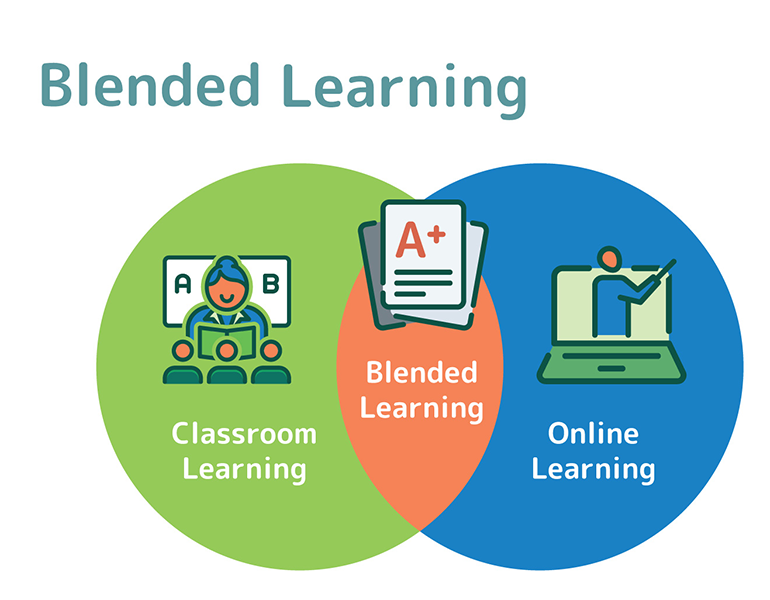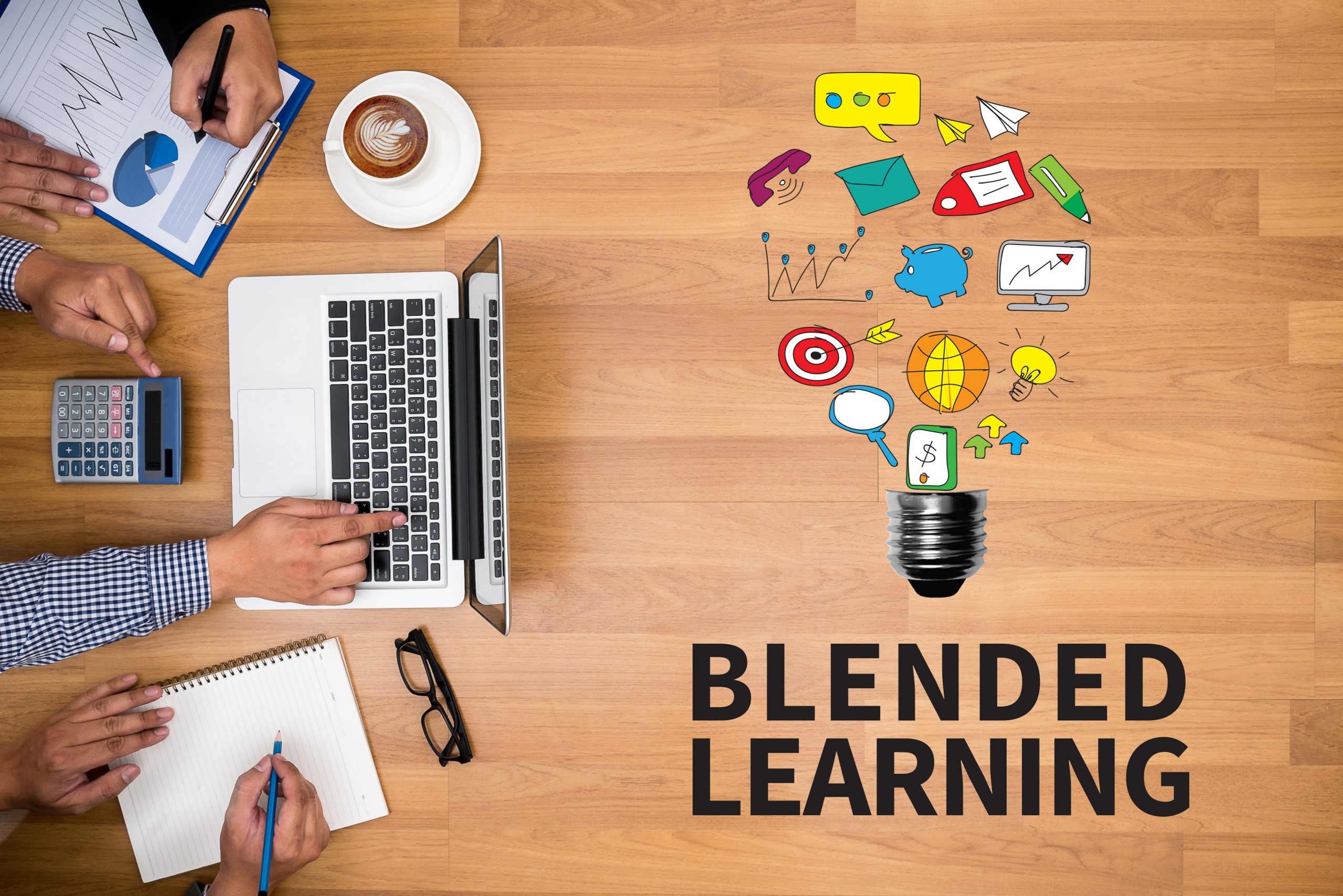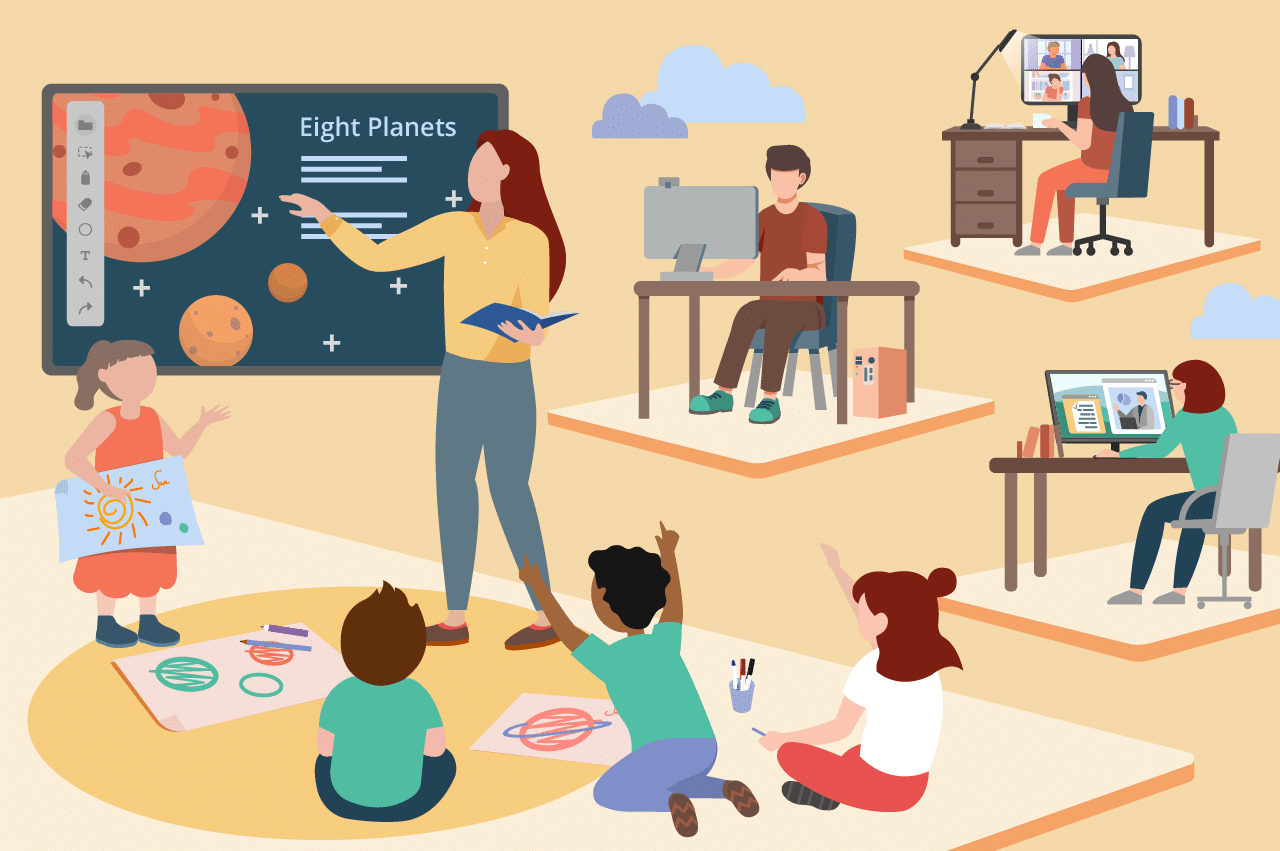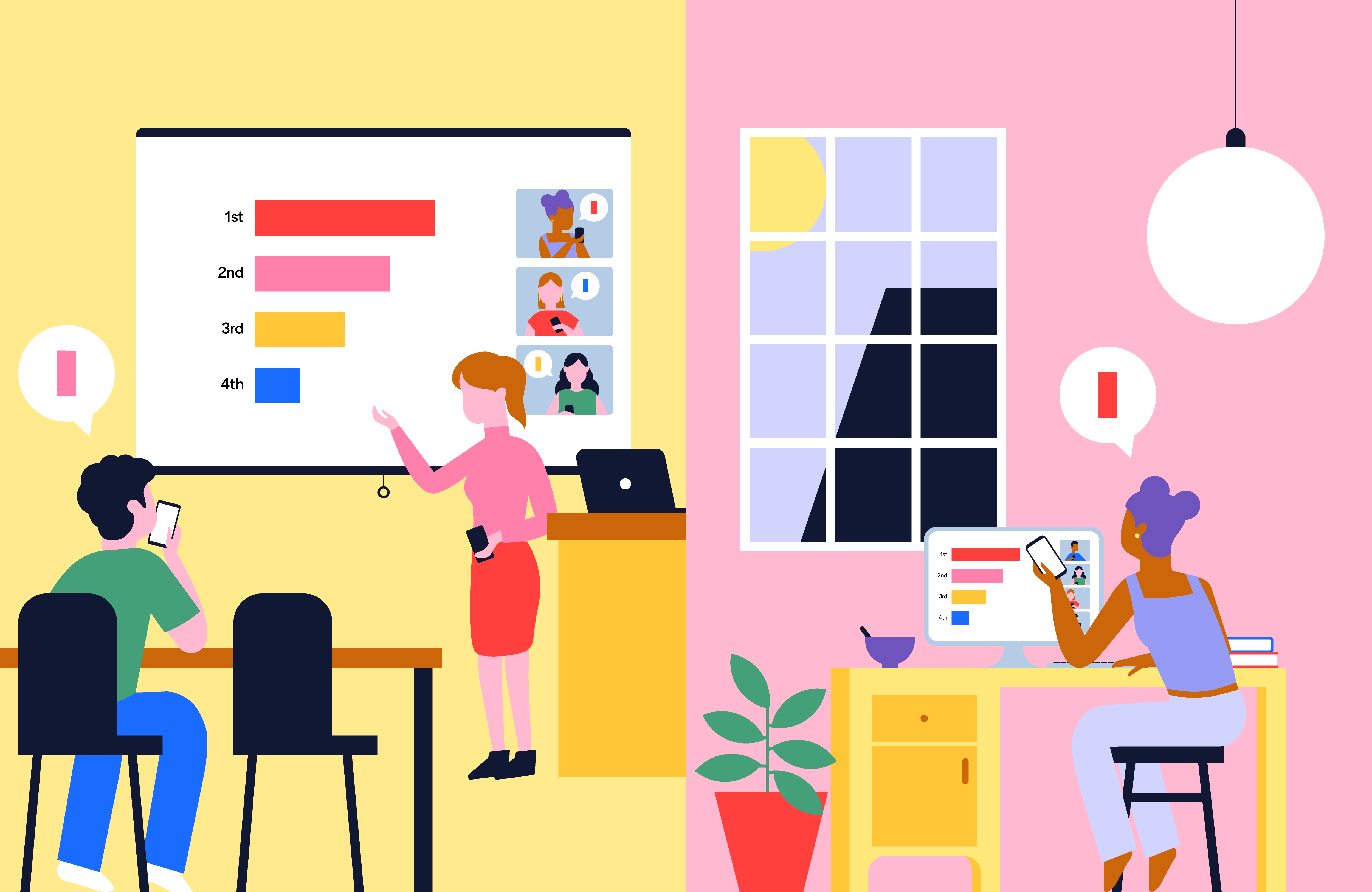
Blended learning – Unlock successful learning journey
Blended learning is when students learn in two ways: in a regular classroom and online. It’s like a mix of in-person and internet learning to make education better. This section talks about why blended learning is helpful for people learning English. It’s also important to understand what are the strategies for blended learning in both learning and teaching English.
Why Blended learning?

Easier to Learn
Blended learning makes it easier for people to learn English. You can learn at your own speed and when you want.
Learning Made Just for You with blended learning
Blended learning makes learning special for you. You can choose how you want to learn, which is good for you.
Learning is Fun
Learning can be more fun with blended learning. You can do things online and talk to your teacher in person. It’s interesting!
Learn Everything You Need
Blended learning helps you learn everything about English, like reading, writing, speaking, and listening. It’s like learning everything about a language.
Using English in Real Life with blended learning
Blended learning helps you use English in real life. It’s like using what you learn to talk to people and do things. It’s real and useful.
Designing Effective Blended Learning Modules in Simple Terms

Matching Learning Goals with What You Do
When you create lessons, it’s essential to make sure that what you want to learn aligns with what you’re actually doing in the lessons. It’s like setting clear goals for what you want to achieve and making sure your lessons help you reach those goals.
Creating Fun Online Learning Materials
For the online part of your lessons, try to make the materials interesting and enjoyable. You can use exciting things like videos, interactive games, and colorful presentations to make your learning experience more engaging and fun. It’s all about making learning enjoyable and not boring.
Making In-Person Classes Helpful in blended learning
During your in-person classes with your teacher, you want to ensure that they’re valuable and productive. This means that you and your classmates should actively learn and engage during these sessions. It’s about making the most of the time you have with your teacher in the same room.
Using Tests to Check Your Progress
To see how well you’re learning, it’s a good idea to use tests. Some tests are like small check-ins that happen during lessons to help you learn better (formative assessments). Others are more extensive tests that happen at the end of a lesson or unit to see how much you’ve learned (summative assessments).
Making Blended Learning Accessible to Everyone in blended learning
In your lessons, it’s important to make sure that everyone can learn, regardless of their individual needs and abilities. This means creating lessons that are accessible to all your classmates, making it fair for everyone to participate and learn. It’s about inclusivity and fairness in education.
If facing challenges, then how to solve in blended learning?

Technical and Computer Challenges
- Challenge: Some students might have trouble using computers and digital tools for learning.
- Solution: Teachers and schools can help students by teaching them how to use technology. They can also make online learning tools easy to use.
Staying Interested and Self-Disciplined in blended learning
- Challenge: It can be hard to stay interested and disciplined when you’re learning online and don’t have a teacher watching you all the time.
- Solution: Teachers can make online lessons fun, give feedback, and help students set goals to stay interested. They can also teach students how to manage their time and study on their own.
Balancing Live and Self-Paced Learning in blended learning
- Challenge: Figuring out how much time to spend in live classes and how much time to learn on your own can be confusing.
- Solution: Teachers can plan a mix of live classes and activities you can do by yourself. This way, you can talk to your teacher and classmates, but also have time to learn on your own.
Checking How Well You’re Learning
- Challenge: It can be hard to know how much you’ve learned and if you’re getting better at your studies in online classes.
- Solution: Teachers can use different ways to see how well you’re doing, like tests, projects, talking with you, and looking at your progress online. This way, they can tell if you’re learning well.
Helping Everyone Learn in blended learning
- Challenge: Making sure that all students can learn, even if they have different needs or if they can’t get to the internet easily.
- Solution: Schools can make sure that all students can use the online tools and that the materials are easy to use. They can also help students who need extra help, like making videos easier to understand and providing tools for students with disabilities.
Some practical case studies about Blended Learning

Case Study about Blended Learning: The Flipped Classroom Approach
Setting: A high school in the United States
Scenario: A high school science teacher implemented a flipped classroom approach. Students watched video lectures and engaged with online resources at home, while classroom time was used for interactive discussions and problem-solving.
Results: Student engagement and understanding significantly improved. Test scores increased, and students reported feeling more confident in their understanding of complex science concepts.
Case Study: English Language Academy
Setting: A language academy in the United Kingdom
Scenario: The academy implemented blended learning for English language courses. Students used online platforms to access grammar exercises, vocabulary lessons, and reading materials, while classroom sessions focused on speaking and listening skills.
Results: Students showed significant improvement in their overall English language proficiency. They were more confident in both speaking and understanding English, and their test scores demonstrated substantial progress.
Case Study: International Language School
Setting: A language school in Japan
Scenario: The language school introduced blended learning to cater to students of various language proficiency levels. Online modules provided tailored instruction, while in-person classes focused on conversation and real-life application.
Results: Students from diverse language backgrounds benefitted from personalized online content. In-class conversations became more engaging and productive, and students reported increased confidence in using English for practical purposes.
Want to be trained to teach? Click on: Link Language Academic
